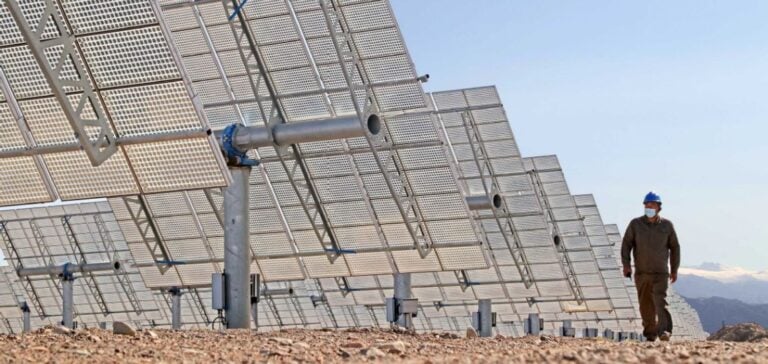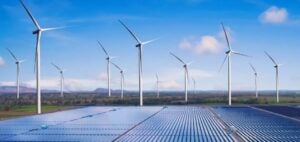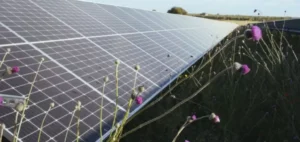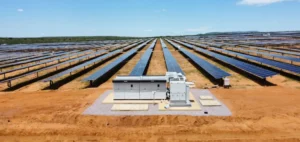The Turfan region in Xinjiang, China, has reached a significant milestone in renewable energy development. With the completion of the first phase of the integrated thermal and photovoltaic storage project in Shanshan Qiketai, with a power of one million kilowatts, the region can now generate an additional 2.13 billion kWh per year. For the first time, Turfan’s annual energy production has exceeded 10 billion kWh.
This solar integration project, funded at 6 billion yuan, combines 900 MW of photovoltaic generation and 100 MW of solar thermal production. To enable efficient management of this energy, two 220 kV transformation stations have been established, using molten salt energy storage technology. Photovoltaic installations are expected to produce an average of 1.95 billion kWh per year, while solar thermal plants will reach approximately 170 million kWh.
Strengthening Turfan’s Energy Network Capacity
Previously, the installed capacity for new energies in Turfan’s power grid was 3.54 million kWh, with an expected annual output of 7 billion kWh. Thanks to recent projects, the region has recorded a significant increase of 1.3 million kW in connected capacity, which should result in an additional 3.9 billion kWh. In total, the annual energy production is now estimated at 10.9 billion kWh, reinforcing Turfan’s position in China’s energy transition.
Supporting Infrastructure Development
To support this rapid growth, the state company, State Grid Turfan Power Supply Company, anticipated infrastructure needs and completed the 220 kV transmission project at the Shanshan Jian Quan Zidong relay station. This installation is crucial to ensuring the region’s energy security and allowing stable integration of the new energy into the local power grid.
This infrastructure aims to secure the integration of renewable energies, meeting reliability and continuity requirements for a green energy supply. The modernization and strengthening of Turfan’s electrical network aim to ensure sustainable energy supply and reduce dependency on fossil fuels.






















